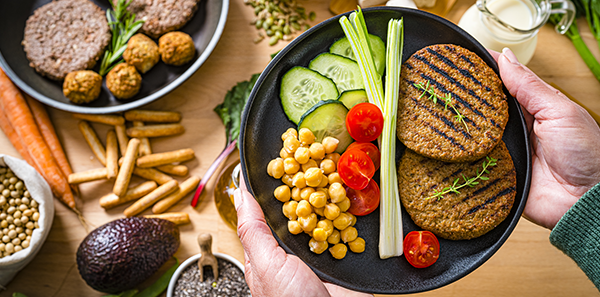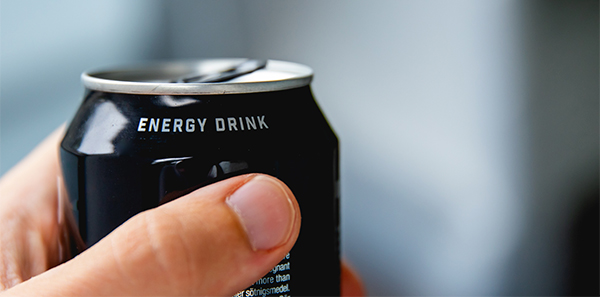
Information provided by food labelling is an important factor in the decisions made by consumers on which products to buy, and this issue has become a key marketing tool.
However, in order to protect consumers and promote correct labelling, in 2006, the European Commission published a set of rules for regulating nutrition and health claims, CE 1924/2006.
These rules are compiled based on two premises, firstly to make things easier for consumers to understand by unifying formats, and secondly, to ensure the accuracy of the information provided. In the case of references to health benefits, the claims must be backed by scientific evidence. In addition to this, in 2011 a new regulation was published on labelling, setting out a series of rules in terms of what certain products could be called and the information required on the label, including allergen content, for the purpose of protecting people with food intolerances and allergies.
However, despite these regulations issued by the Administration, consumers are still uncertain about how they should interpret food labelling. At the moment, some of the nutrition claims accepted under the regulations include:
- Light/lite
A claim stating that a product is ‘light’ or ‘lite’, and any claim likely to have the same meaning for the consumer, shall follow the same conditions as those set for the term ‘reduced’; the claim shall also be accompanied by an indication of the characteristic(s) which make(s) the food ‘light’ or ‘lite’.
- Low sugars
A claim that a food is low in sugars, and any claim likely to have the same meaning for the consumer, may only be made where the product contains no more than 5 g of sugars per 100 g for solids or 2,5 g of sugars per 100 ml for liquids.
- Sugars-free
A claim that a food is sugars-free, and any claim likely to have the same meaning for the consumer, may only be made where the product contains no more than 0,5 g of sugars per 100 g or 100 ml.
- With no added sugars
A claim stating that sugars have not been added to a food, and any claim likely to have the same meaning for the consumer, may only be made where the product does not contain any added mono- or disaccharides or any other food used for its sweetening properties. If sugars are naturally present in the food, the following indication should also appear on the label: ‘contains naturally occurring sugars’.
- Low-energy
A claim that a food is low in energy, and any claim likely to have the same meaning for the consumer, may only be made where the product does not contain more than 40 kcal (170 kJ)/100 g for solids or more than 20 kcal (80 kJ)/100 ml for liquids. For table-top sweeteners the limit of 4 kcal (17 kJ)/ portion, with equivalent sweetening properties to 6 g of sucrose (approximately 1 teaspoon of sucrose), applies.
- Energy-reduced
A claim that a food is energy-reduced, and any claim likely to have the same meaning for the consumer, may only be made where the energy value is reduced by at least 30%, with an indication of the characteristic(s) which make(s) the food reduced in its total energy value.
- Energy-free
A claim that a food is energy-free, and any claim likely to have the same meaning for the consumer, may only be made where the product does not contain more than 4 kcal (17 kJ)/100 ml. For table-top sweeteners the limit of 0,4 kcal (1,7 kJ)/ portion, with equivalent sweetening properties to 6 g of sucrose (approximately 1 teaspoon of sucrose), applies.
The example given here is for sugars and energy supply, but the same nomenclature applies in the case of saturated fat and salt/sodium.
Other terms such as ZERO, 0.0 and the like can be found on the market but they are not regulated by legislation. As commented at the beginning of the article, these label descriptions have become a marketing element.












